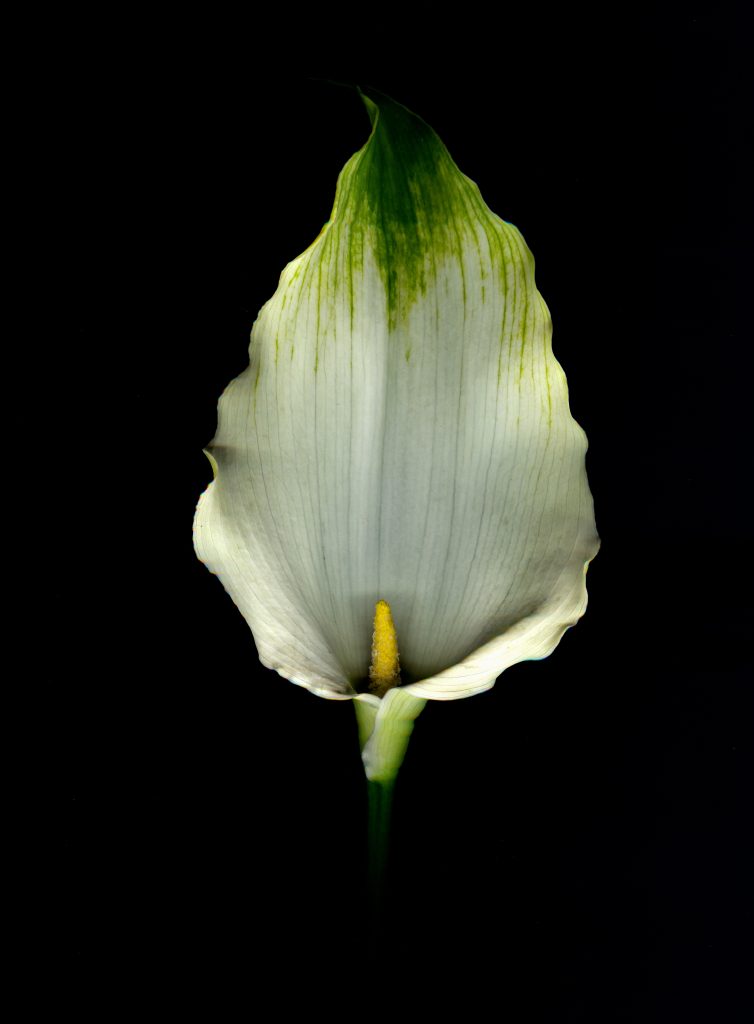After Life Arrangements
 Most of us want to avoid thinking about our own death, or losing loved ones we hold dear. Yet it is an inevitable transition we all will face. When death happens unexpectedly, the emotional impact can lead to hasty decisions, and possible tension within a family. By preparing a Final Arrangements memorandum you can help your loved ones make difficult decisions according to your wishes.
Most of us want to avoid thinking about our own death, or losing loved ones we hold dear. Yet it is an inevitable transition we all will face. When death happens unexpectedly, the emotional impact can lead to hasty decisions, and possible tension within a family. By preparing a Final Arrangements memorandum you can help your loved ones make difficult decisions according to your wishes.
There is no legal or formal outline for a Final Arrangements plan. It is simply a guide for your designated Agent and Executor to follow in honoring your wishes. It may be especially important when you have pre-arranged, and possibly even paid for, the services of a mortuary.
Legal Authority of Agent and Executor
Under California law, the Agent designated in your Advance Health Care Directive has the legal authority:
- During life, to authorize medical treatment when you are not able to give informed consent to direct your own health care decisions; and
- Upon death, to direct the disposition of remains and authorize organ donation,
Your Final Arrangements memorandum will help assure that your Agent/Executor follows your wishes. Here are some items you may wish to include in preparing your memorandum:
1. Who Should be Notified? You may wish to provide a list of family members and friends to be notified of your death, along with their contact data.
2. Burial or Cremation Instructions In this part of your Final Arrangements memorandum, you may state your preference for disposition of your body. Legal regulations are enforced by the California Department of Consumer Affairs Cemetery and Funeral Bureau.
• Will you be buried or cremated? Many of us have strong beliefs about which we prefer. Either choice comes with other decisions for you to consider:
– If you prefer burial, will this be at an in-ground cemetery or mausoleum? Will you be buried near other family members? What type of casket would you like? Have you selected a plot for your interment? What should be included on the headstone? It can be helpful to make some pre-arrangements with a mortuary, which may not require advance payment. A “pre-need” insurance policy may also be offered for you to purchase, to avoid a financial burden to those making final arrangements post-death.
– A growing trend is “green” burial which allows the body to return to the earth in a manner that doesn’t inhibit decomposition, and allows the body to recycle naturally. Green burials are an environmentally sustainable alternative to conventional funeral practices as green burials use only non-toxic and biodegradable materials. In a green burial, a biodegradable casket or shroud is used without embalming and with no cement vault. Families may benefit from the services of an end-of-life midwife, or doula , for guidance in exploring non-traditional options.
– If you intend to be cremated, selecting a mortuary beforehand can be helpful. What do you want to happen with your cremains? Will they be interred in a public crypt or other location marked with a plaque or stone, or held by one or more family members? Do you wish for your ashes to be spread at sea (federal law requires a minimum of three nautical miles from land)? Or another memorable location? (Make sure there is no local prohibition and the property owner has given permission or issued a permit if necessary.)
• Other Wishes to include Are their personal items you wish to be kept with your body- such as jewelry, photographs, or other meaningful items? Do you have preferences about the style of clothing, which may be especially important if there is to be a public viewing.

3. Funeral or Celebration of Life? This will often depend on your religious beliefs. Some faiths may hold a traditional mass or funeral service. A less formal memorial service, wake or celebration of life may be planned in the community. Others may prefer a private gathering of family or friends who are invited to share memories. Decisions that you might want to consider for these ceremonies include: open or closed casket, invitation list, location and preferences for your eulogy and other readings.
4. Information will be needed Your written memorandum can include data which will be needed for the official death certificate:
- Social security number
- Birth date, city and state of birth
- Names of your parents, including mother’s maiden name
- Information about your education
- Marital status
- Veteran’s discharge papers and policy numbers, if applicable
- A recent photograph
- Pre-arrangement paperwork (if applicable)
- Cemetery lot information (if applicable)
5. Obituary You may express your desire for publication of a public obituary, either online or in local newspapers. An obituary typically contains your name, age, city of residence, survivors and a brief biography of your life. It may also include the location, date and time of your funeral, and possibly your wishes for charitable donations. Some prefer privacy and an obituary is never required. You may prefer to write your own obituary, or provide helpful details to your survivors so they can write one for you.
 It’s a good idea to add your signature and the date you sign your Final Arrangements memorandum. Keep the memorandum in a place that someone would immediately look in the event of your death – a safe-deposit box at your bank is not a good choice. Copies of this document may be provided to your Agent and Executor as the persons most likely to handle your final arrangements.
It’s a good idea to add your signature and the date you sign your Final Arrangements memorandum. Keep the memorandum in a place that someone would immediately look in the event of your death – a safe-deposit box at your bank is not a good choice. Copies of this document may be provided to your Agent and Executor as the persons most likely to handle your final arrangements.
Most survivors hope to honor your wishes for these important After Life decisions. Sharing your thoughts and desires in a Final Arrangements memorandum is a gift of love to ease the stress at the time of loss. We would be happy to provide further information and assist you in preparing your Final Arrangements memorandum.



